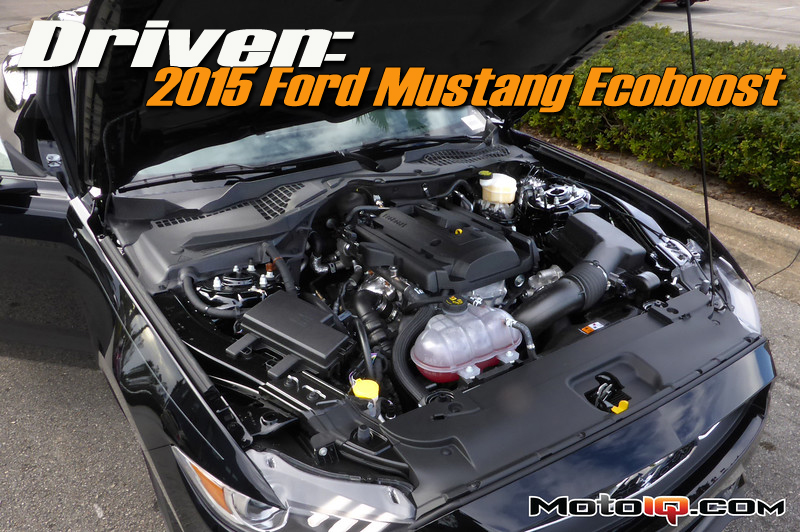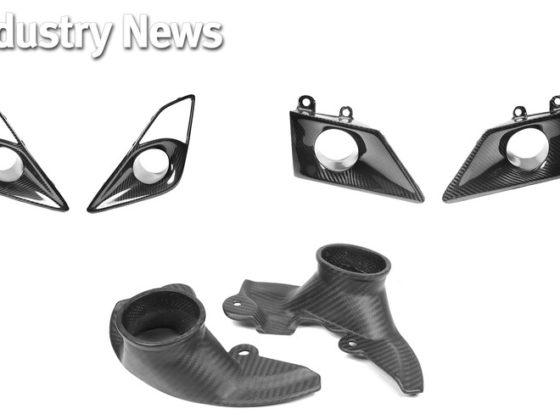,
 |  |
I would have to say the Honda S2000 is the benchmark hardcore track day car. With 240hp and 162tq, the S2000 has similar straight line performance as the Ecoboost Mustang and at 2,850lbs, a front mid-ship engine layout, a 50/50 weight distribution and upper and lower control arms on all 4 corners; the S2000 is a proper sports car and one of the most oversteering cars in history. Thanks to its short 94.5” wheelbase it is also extremely twitchy, which makes them extremely fast on autocrosses and tight tracks but that advantage quickly disappears on larger tracks. Unfortunately their inherent go-kart like nature makes the S2000 a poor platform for sideways antics when compared to the 107” wheelbase of the Ecoboost which is easy to sustain long slides.
I’m not usually a fan of convertibles despite owning and daily driving Miatas for years. While a 2-seat roadster is a fun weekend car, the lack of back seats or useable trunk room really limits their utility. Having logged thousands of street and track miles in S2000s it’s far from as comfortable, refined, or practical as the Ecoboost Mustang for a daily driver. But this comfort, interior quality, larger size and sound deadening come at the penalty of weight.
Where the Ecoboost appeals to a far greater audience with its better ride quality, I would have liked a little more low speed damping to improve the on-center response and body control of both the GT and Ecoboost, especially in the Performance Package cars which feel slightly harsher with more highspeed damping than the base suspension. Since the Mustang has the greatest aftermarket industry of any car in history, Mustang owners tend to customize their cars to their own personal tastes. For the performance driver, adding a good suspension setup will wake up the Ecoboost to improve the response and performance of the car even further. Since solid axle S197 GTs can become M3-beaters on the track with aftermarket suspension, the S550 is a much better platform to start with and I have no doubt the aftermarket will make these cars even better.
ENGINE
The Ecoboost has minimal turbo ‘lag’, especially when compared to a Golf GTI, Mazdaspeed 3, or Subaru WRX. There is a slight delay from throttle input to the turbo spooling and responding which feels in the neighborhood of half a second or less depending on the engine’s RPM. If you already own a turbocharged car this slight delay will not bother you, especially since the Ecoboost makes 90hp more than the GTI, 47hp more than the Mazdaspeed 3, 42hp more than the WRX and even 5hp more than the STI (as well as 30 more lb-ft of torque). Other than the Subarus which claw their way off the line with an all-wheel-drive advantage, the Ecoboost Mustang is clearly faster than its competitors.
 The Ecoboost’s direct-injected 2.3L inline-4 has forged crank and rods, cast aluminum pistons, a 9.5:1 compression ratio, 87.5mm bore, 94mm stroke and makes 310hp and 320tq. That’s an impressive 134.78 horsepower per liter and 139.13 lb-ft of torque per liter which more than the 122hp/L from the STI’s EJ257 engine.
The Ecoboost’s direct-injected 2.3L inline-4 has forged crank and rods, cast aluminum pistons, a 9.5:1 compression ratio, 87.5mm bore, 94mm stroke and makes 310hp and 320tq. That’s an impressive 134.78 horsepower per liter and 139.13 lb-ft of torque per liter which more than the 122hp/L from the STI’s EJ257 engine.The engine revs freely to redline, but like most modern turbocharged cars, the turbo peaks early at 2,750rpm and remains flat until about 5,200rpm where it falls off to its 6,750rpm redline, creating peak power at 5,750rpm. This is the major characteristic that separates turbocharged engines from high performing naturally aspirated engines with (lower) flat torque curves that pull all the way to redline. There is no one ‘right’ way, and although the purists may prefer a high screaming naturally aspirated engine like an S2000 or S65 V8 M3 (which are gutless if you aren’t pegging them at redline), I’ve grown to really appreciate the low end torque of turbocharged cars like the Ecoboost Mustang, Nissan GTR, BMW M4, etc…
Having tracked and raced a lot of turbocharged cars, the trick to driving them fast is to apply the throttle a fraction of a second before you want the turbo to spool up and accelerate. If you drive a car in a performance environment, you should be anticipating the car’s actions rather than reacting to them. If you drive with this mindset, any ‘lag’ becomes part of that anticipation and your throttle application will adjust accordingly. If you drive in a reactive manner, you’re most likely slower, more prone to mistakes, and will find the turbo lag frustrating when it does not accelerate when you want it to.
TUNING POTENTIAL
It is unbelievable how large the aftermarket industry is for the Mustang and how many magazines there are dedicated to modifying just Mustangs. Coming from a tuning background and jumping into the deep end of Mustang customization and hot-rodding, there are so many similarities to import tuning that I really think the Ecoboost Mustang will thrive and appeal to Mustang loyalists and a new customer base of import tuners.
Even MotoIQ was focused on import tuning and now there are various Mustang project cars. Ever since the Mustang learned how to handle when the S197 came out and the addition of the awesome 5.0L Coyote V8, the Mustang has not only become more accepted and respected at track days, but it’s now a popular choice to take to the track. The new Ecoboost takes that one step further with the limitless tuning potential of turbocharger, which I foresee many import tuners converting over to.
 Overall I was quite impressed with the Ecoboost Mustang. The new S550 chassis handles the curves and bumps really well and the light weight turbocharged engine gives the car a nice balance which makes sliding around a lot of fun. I think it’s a great all-around car and starting foundation to turn it into whatever you want, like most Mustang owners do. I also feel it will make for a great track-day car that you can live with every day and can be entertaining and fun to drive on your daily commute.
Overall I was quite impressed with the Ecoboost Mustang. The new S550 chassis handles the curves and bumps really well and the light weight turbocharged engine gives the car a nice balance which makes sliding around a lot of fun. I think it’s a great all-around car and starting foundation to turn it into whatever you want, like most Mustang owners do. I also feel it will make for a great track-day car that you can live with every day and can be entertaining and fun to drive on your daily commute.While rated at 310 horsepower and 320 torque at the crank, many Ecoboosts are putting down anywhere from 258whp & 277wtq to 279whp & 299wtq, depending on temperature and the octane of fuel being used. Tunes alone are seeing 20-25whp and 40-47wtq increases over stock. Like all turbocharged cars, freeing up the intake and exhaust yield huge gains, especially allowing the engine to breathe above 5,000rpm. Some cars are eclipsing 300whp and 340wtq from a handful of bolt-ons and hitting mid 12’s in the 1/4mile. Many shops are now experimenting with turbo swaps on the Ecoboost and are projecting over 400whp with a modest turbo and 700whp+ with built internals.



